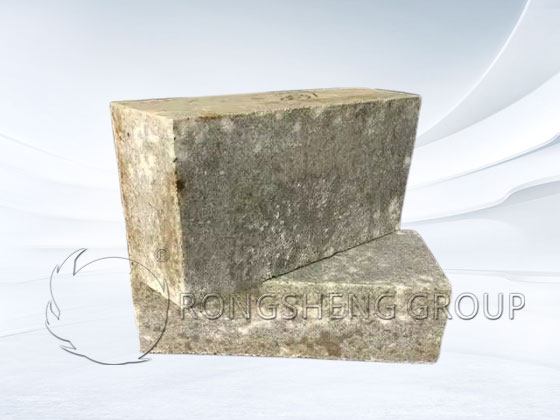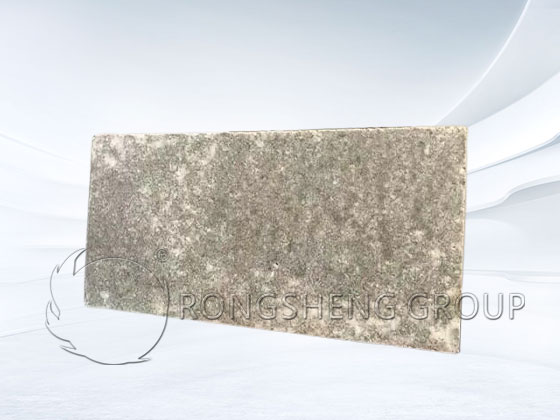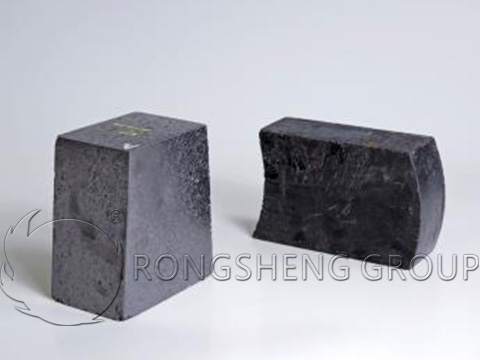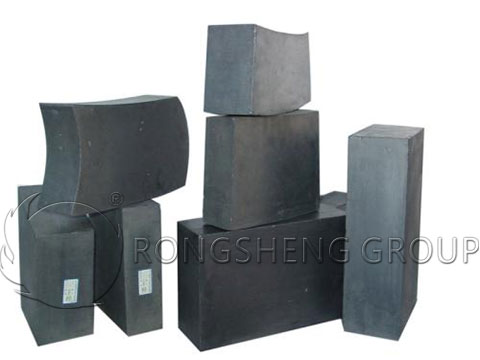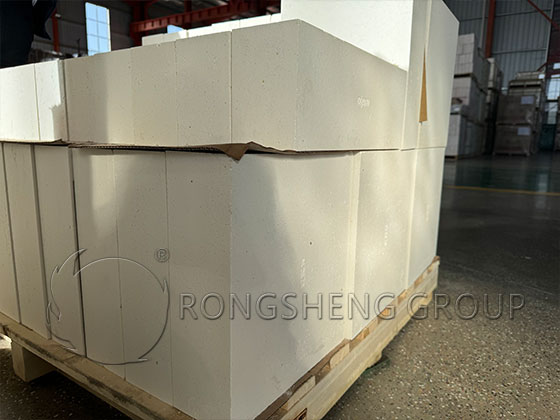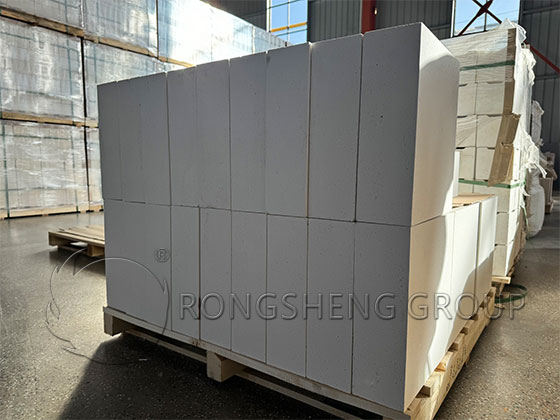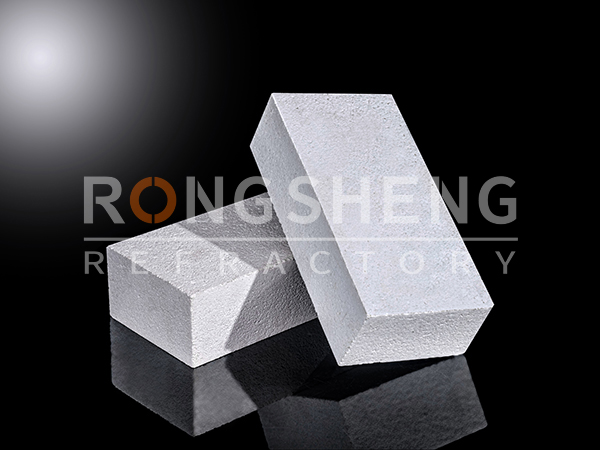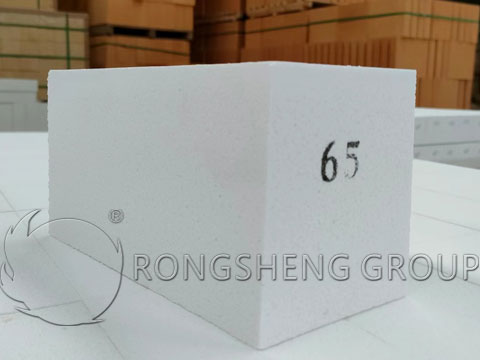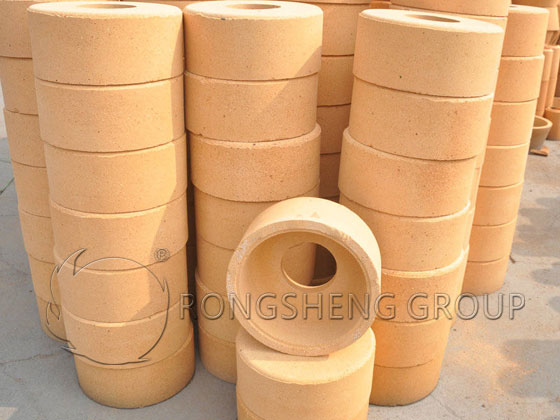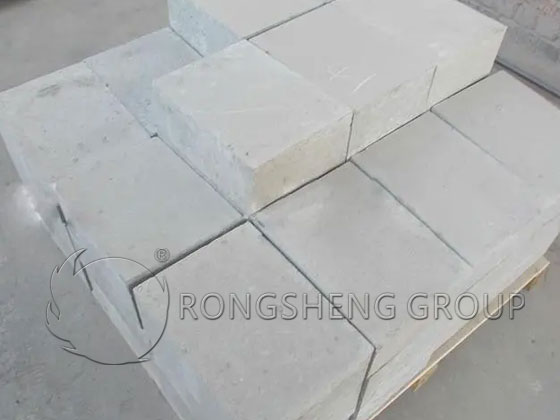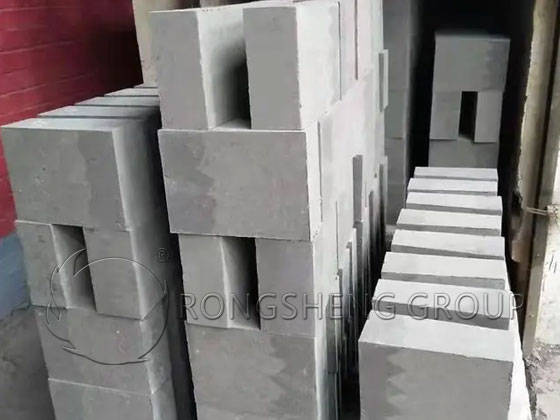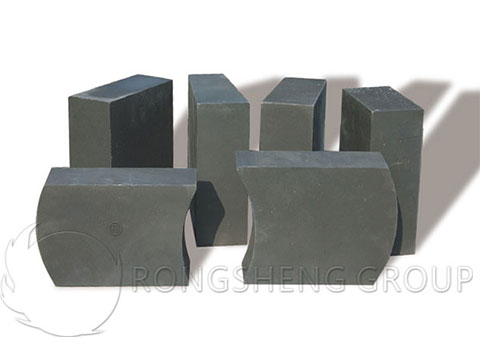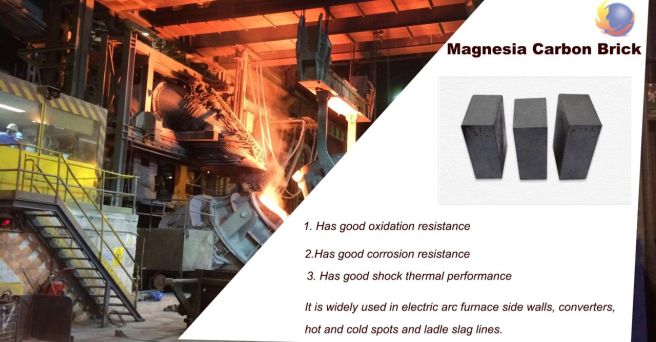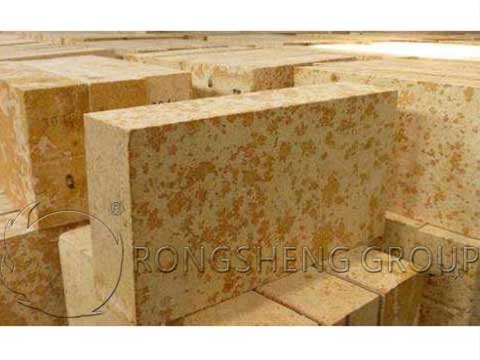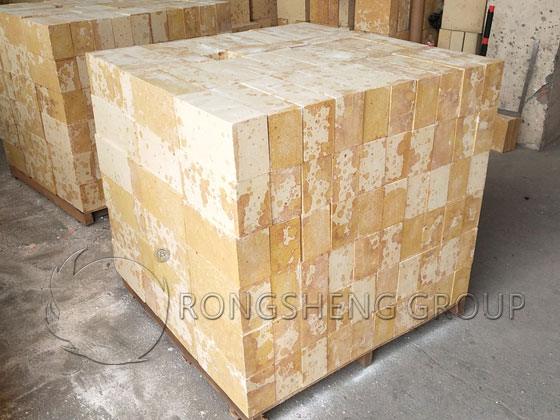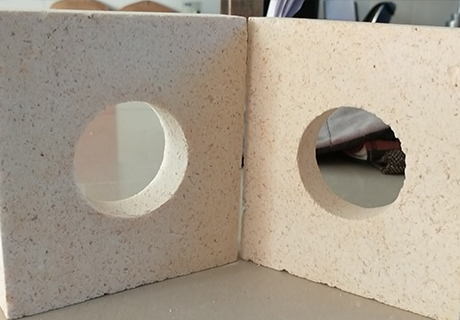Corundum bricks are refractory products with corundum as the main crystal phase, and the alumina content is greater than 90%. High normal temperature compressive strength (up to 340MPa). High load softening onset temperature (greater than 1700°C). Good chemical stability has strong resistance to acidic or alkaline slag, metal, and glass liquid. RS Refractory Brick Manufacturer and seller is a powerful manufacturer and seller of refractory materials. Our refractory products have been sold to more than 100 countries around the world. If you need to buy high-quality corundum bricks, please contact us.
RS Corundum Bricks for Sale
High-purity corundum bricks. Corundum bricks are widely used in high-temperature heating furnaces, hot blast furnaces in the metallurgical industry, secondary furnaces in the petrochemical industry, gasification furnaces, gas generating furnaces, cracking furnaces, ceramics, building materials, scientific research, and other industries. Corundum bricks in various kilns are not only limited by various process conditions but also corroded and damaged by high temperature, high pressure, slag, and strong reducing gas. This chemical erosion and structural damage to corundum bricks reduces the service life of corundum bricks.
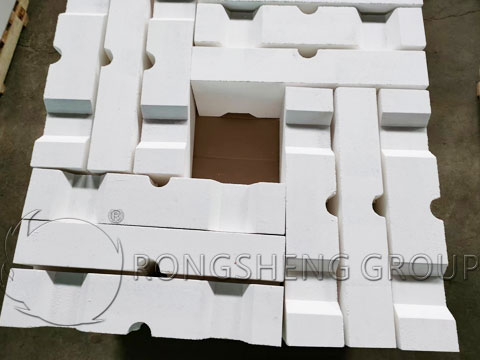
In order to understand the quality changes of high-purity corundum bricks, the test results of the normal temperature compressive strength of products in the past ten years were collected. Results: 73~80MPa accounted for 18.6%, 81~90MPa accounted for 14.0%, 91~10MPa accounted for 23.0%, and >100MPa accounted for 44.4%. The thermal shock resistance of the product has also been improved. Under good experimental conditions, it can reach 18 times and water-cooled to 1100°C.
In order to extend the service life of the furnace lining, new anti-flaking corundum products have recently been developed for fertilizer gasifiers and carbon black reactors. Product physical and chemical properties: Al2O3 99.51%, SiO2 0.15%, Fe2O3 0.11%, Na2O 0.026%. The apparent porosity is 18%, the bulk density is 3.20gcm-3, and the normal temperature compressive strength is 133.5MPa. Refire line change rate (1600℃, 3h) 0~0.1%, thermal shock resistance 1100℃ water cooling, 23 times.
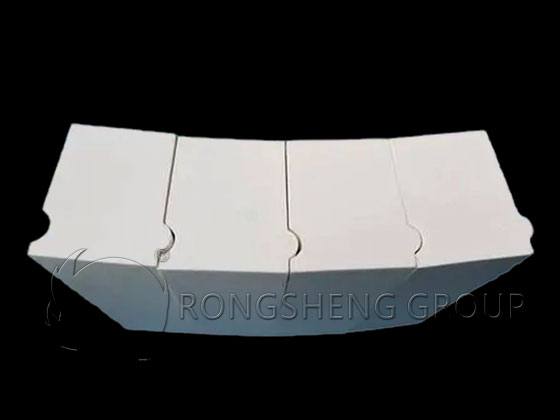
Combined with sintered corundum bricks. Combined sintered corundum bricks use sintered corundum as granular material and mix it with corundum fine powder to make mud. The products formed, dried, and fired are called sintered corundum products, also known as corundum clinker refractory materials. The technical key points: In high-purity, sintered corundum products, the granules and fine powder should be pure corundum clinker with the same composition. In order to improve the thermal shock resistance and slag resistance of ordinary sintered corundum products, the second component is generally allowed to be added in an amount of less than 10%. Therefore, the Al2O3 content is still above 90%, which is within the low range of corundum refractory materials. The third ingredient is mainly mullite. The adding methods include forming mullite clinker and also adding silicon, clay, kaolin, kyanite, silicon micro-concentrate, etc. This causes mullite to form in the matrix during the firing process. In addition, the component of mullite can also participate in the form of particles, and other additives are fine powders less than 60 microns.
H3PO4 is selected as the binding agent, and its dosage depends on the performance of the product, fluctuating between 1% and 6%. In order to improve the performance of molded products, an appropriate amount of organic binder needs to be added. The amount of fine powder involved has a significant impact on the density and strength of the product. The fine powder is increased from 15% to 45%, and the density and strength of the product are greatly improved. If about 5% ultrafine powder, less than 1 μm Al2O3, is added to the fine powder, it will be of great significance to improve product performance.
RS Fused Corundum Brick
Fused corundum brick. When selecting electrofused brown corundum or white corundum, the electrofused block needs to be crushed to remove the ferrosilicon alloy or other impurities contained in the brown corundum block. The white corundum block should be free of flaky crystalline sodium peraluminate and other low-melting substances. Due to their low density, these impurity minerals generally float on the surface of corundum frit and are easily identified.
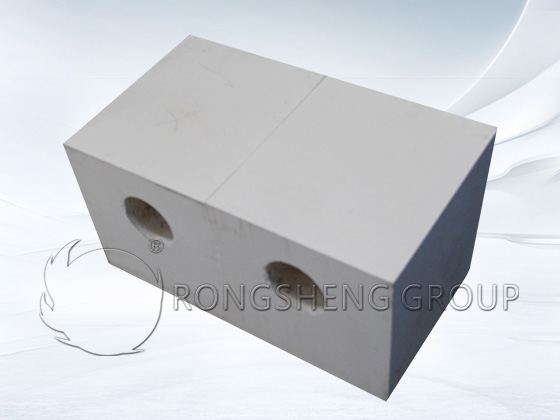
Combine the ingredients of fused corundum bricks and mix them into shape. When mixing the material particles used in fused corundum bricks, multi-level proportions should be selected according to close-packing standards to reduce intermediate particles and increase the amount of fine powder, which is beneficial to improving product density and sintering. Add a certain amount of adhesive mainly including aluminum phosphate, phosphoric acid, aluminum chromium, cellulose, pulp waste liquid, and other mud, and mix it evenly. The moisture content is about 3%-4% and requires high-pressure molding to obtain fine bricks.
Fused corundum bricks have high purity and are difficult to sinter. They need to be fired at a temperature higher than 1800°C. Commonly used firing equipment includes high-temperature batch kilns or small high-temperature tunnel kilns.
Electrofused rebonded zirconium corundum bricks are made of AZS frit or electrofused AZS waste bricks as raw materials, with a small amount of kaolin or oxidized polymer added as a binding agent. At a certain temperature, the AZS electrofusion material exudes the glass phase and forms mullite and sintered bricks with the adhesive. The firing temperature needs to be 1600~1700°C. The chemical phase composition of the frit is very uniform, with less glass phase content. The chemical composition of waste bricks is uneven and has a high glass phase content (15%~25%). Compared with fused corundum bricks and fused refractory bricks, glass phase infiltration is significantly reduced, the infiltration temperature is increased, and the thermal shock resistance is good. It has good high-temperature mechanical properties, especially good creep and corrosion resistance.
Fused corundum bricks are dense. With the rapid development of modern industry, petrochemical, metallurgical, and other industries have increasingly higher requirements for it, which must not only have high-temperature strength but also have good thermal stability and corrosion resistance. Therefore, dense 99 fused corundum bricks were developed and used in heating furnaces. This kind of brick not only has a breakthrough in strength but also has a significant improvement in thermal shock resistance.
RS Refractory Brick Lining Solution
What should I do if the refractory material cracks, falls off, or is easily worn? Rongsheng Refractory dug out the root causes and analyzed the real reasons to make the kiln run longer! Zhengzhou Rongsheng Kiln Refractory Materials Co., Ltd. has been engaged in refractory production, research, and development services for many years. Welcome to contact us to get free refractory lining solutions and quotations.

